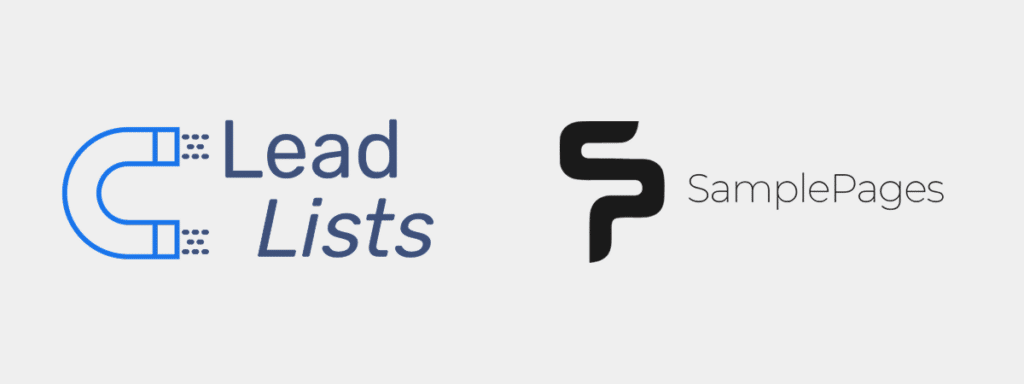Struggling to Stop Marketing Emails Going to Spam?
You know how crowded your inbox gets every day. Most emails barely earn a glance before being deleted. So how do you make sure your B2C email lists actually connect, and how do you stop marketing emails going to spam?
If you’re going to interrupt someone’s day with an email, you’d better make reading it worth their while.
Lead With Quality
Your subject line and first sentence carry more weight than ever. If they don’t spark interest immediately, the rest of the email won’t get read. Strong, clear copy supported by sharp, relevant visuals can keep someone engaged through to the end. This also helps stop marketing emails going to spam.
And make sure your call to action is direct. Whether you’re driving a download, encouraging a reply, or pointing to a product, don’t leave people guessing. Every part of your email should serve a clear purpose and be friction-free for the reader.
Get Specific With Segmentation
Not every customer wants the same thing. Tailor your messaging to different segments within your B2C email lists. Returning customers, new leads, and partners all have different needs. The more focused your message, the more relevant and effective it becomes.
It is also smart to separate audiences based on the products or services they are interested in. That way, your emails remain helpful, not intrusive. Targeted, relevant content is less likely to trigger spam filters. A well-segmented list also improves performance metrics, which can influence inbox placement over time.
Monitor engagement and adjust accordingly. If someone has not opened in a while, consider pausing or adjusting your approach. This helps maintain your sender reputation and overall deliverability.
Avoid Common Spam Triggers
To stop emails going to spam, avoid language and formatting that trigger filters. That includes excessive punctuation, spammy phrases like “Act now” or “Free trial”, and overuse of images without enough text.
Keep formatting clean and professional. Avoid caps lock, coloured fonts, and multiple exclamation points. And always test before sending.
Authenticate Your Domain
SPF, DKIM, and DMARC records verify that you have permission to send from your domain. They reduce the risk of spoofing and show inbox providers that you’re legitimate. If your domain isn’t authenticated, your emails are far more likely to go to spam.
Clean Your Email List Regularly
Old or incorrect emails harm your sender reputation. Regularly clean your list to remove bounces, spam traps, and inactive addresses. This helps improve delivery rates and keeps your reputation strong. Learn more about our data cleaning services.
Balance Text and Images
Emails that rely too heavily on images can get flagged as spam. Make sure there’s enough plain text for inbox filters to process. A good rule of thumb is a 60/40 split between text and visuals, and always include ALT text for images.
Send from a Reputable IP Address
If you’re using a shared IP, other senders on that IP could be harming your reputation. Choose a provider with strong delivery infrastructure or consider a dedicated IP if you’re sending high volume. Always warm up new IPs gradually.
Avoid Attachments in Marketing Emails
Attachments can trigger spam filters and cause trust issues with new contacts. Instead, link to landing pages or hosted documents. This keeps emails lighter and safer to open, particularly for cold audiences.
Write Like a Human: The Power of 1-to-1 Emails
Emails that feel personal, like they’re written from one person to another, often outperform generic blasts. Even in bulk sends, using a conversational tone and personalisation can make your message stand out. Consider:
- Using the recipient’s name and relevant details.
- Writing in a tone that reflects a genuine conversation.
- Keeping the content concise and focused on the recipient’s needs.
This approach can increase engagement and build trust with your audience, and helps stop your going to spam. It also reduces the likelihood of being marked as spam, since recipients are more likely to engage when content feels genuinely relevant.
Stay Compliant and Build Trust
Compliance isn’t just about avoiding penalties. It’s about respecting your audience. Ensure your email practices align with Australian regulations:
- Obtain proper consent before sending emails.
- Provide clear options to unsubscribe.
- Maintain accurate and up-to-date contact lists.
Being transparent and ethical in your practices increases trust and reduces the chance of being flagged by spam filters. For more details on staying compliant, visit our Data Compliance page.
Final Thoughts
Effective email marketing in Australia isn’t about more emails. It’s about better emails. From segmentation to compliance, the right approach helps you connect more effectively, and stop emails going to spam.
Get in touch to learn how targeted consumer data can power your next campaign.







